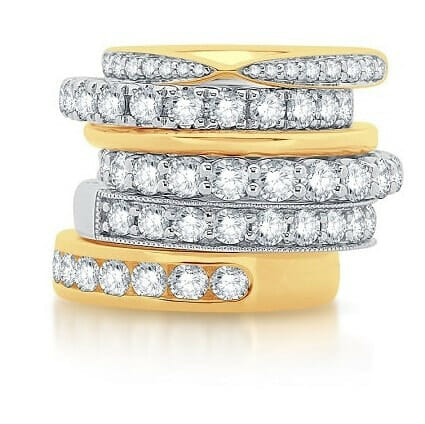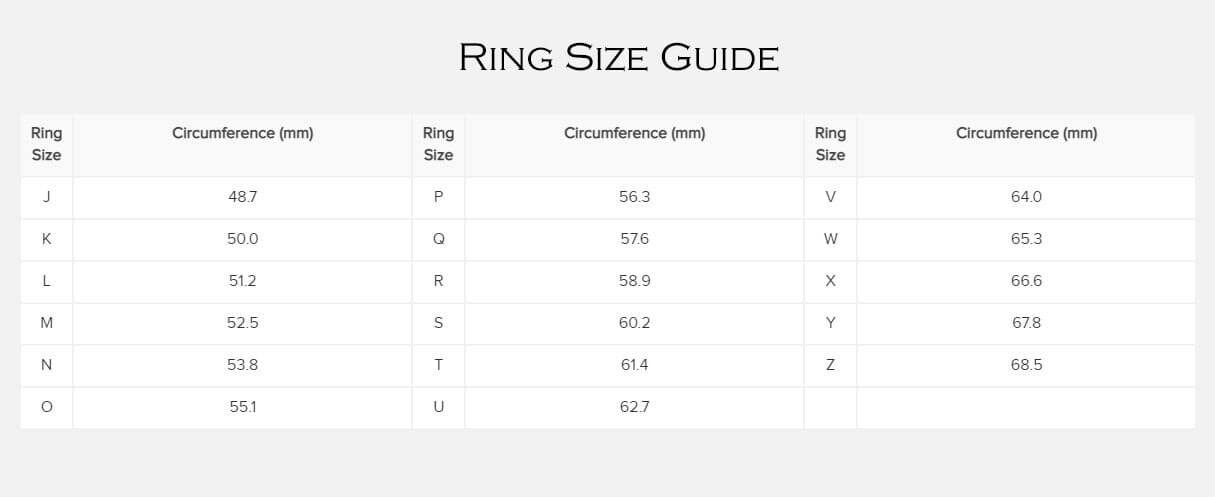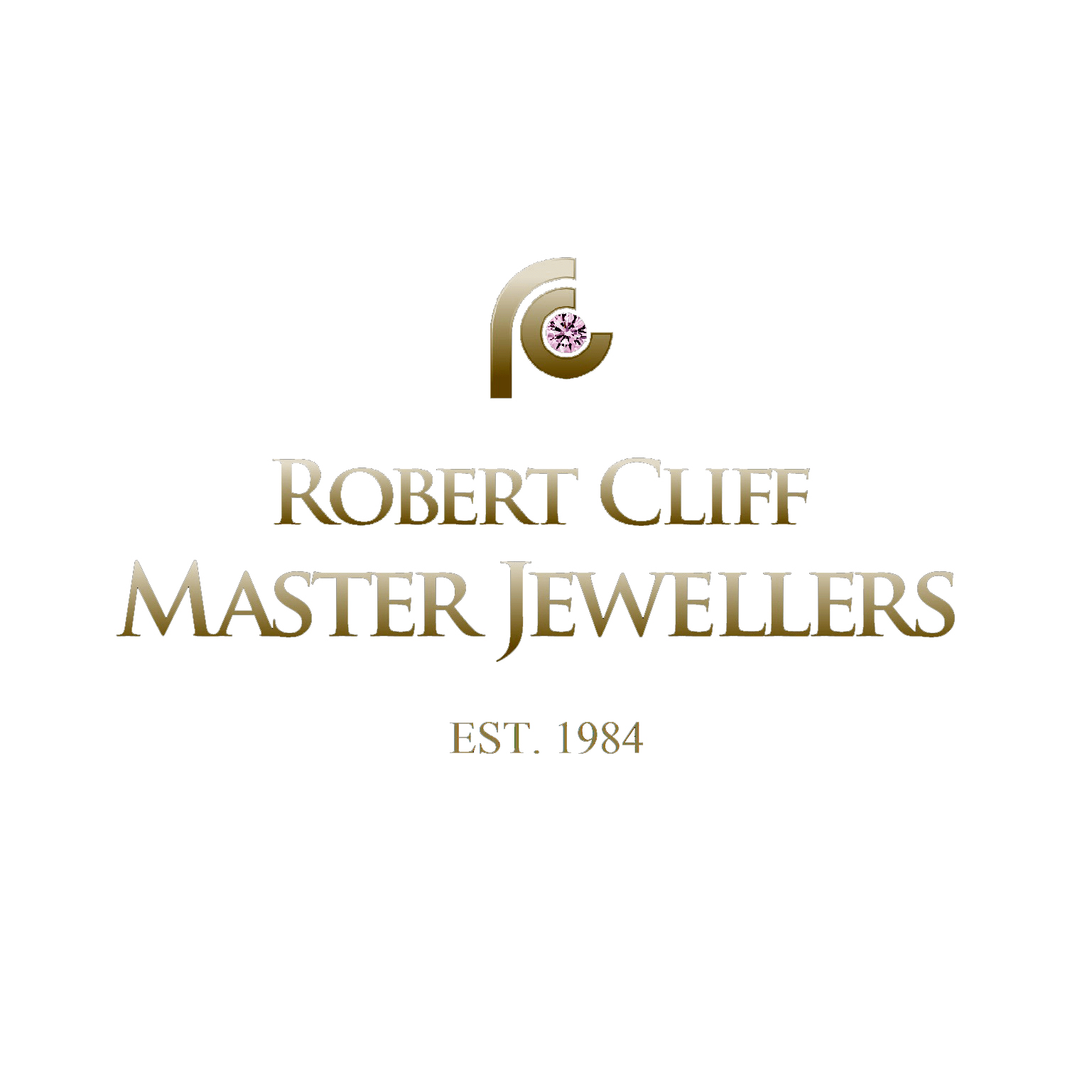Learn About
Sapphires

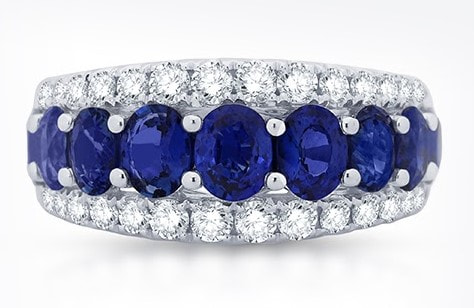
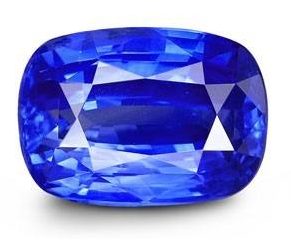

Cornflower Blue Sapphires
What is a Sapphire?

Sapphires have an incredible history, from drawing fame with the royal family to playing a part in ancient legends.
Sapphires are one of the most sought-after gemstones for jewellery (alongside diamonds).
Caring for Your Sapphire

This process should only be used with sapphires set in gold or platinum as many detergents can react poorly with silver.nYou can also use any cleaner that is specifically designed for use with jewellery. Now sapphires are not bulletproof, so you still need to wear them with care. Stick to the 4 rules of jewellery, No swimming, Gardening, heavy lifting or gym workouts.
What Does a Sapphire Look Like?

As a naturally-formed gemstone, sapphires almost always have slight flaws and inclusions. This isn’t a drawback — it actually proves that a sapphire is genuine and makes it unique. If a sapphire appears flawless, it’s most likely a lab-created sapphire.
What Are Sapphires Made Of?

Corundum is an extremely hard substance, just about on par with the hardness of a diamond. For this reason, sapphires are extremely durable but not bulletproof. They score a 9 on a scale of 1 to 10 on the Mohs’ scale of mineral hardness, second only to diamonds at a perfect 10.
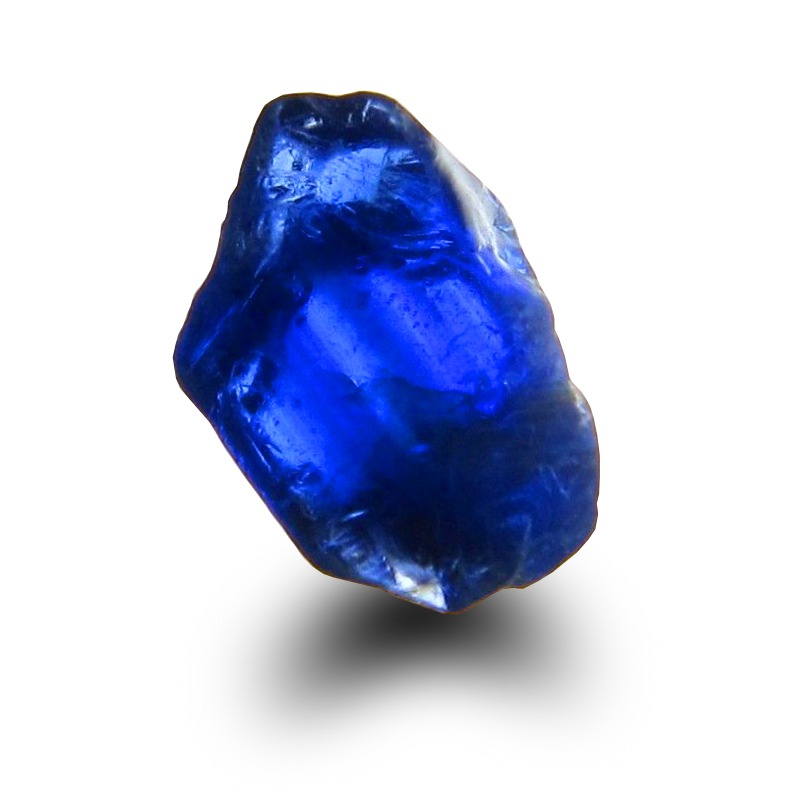
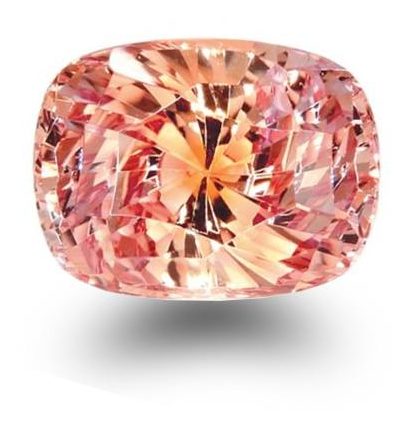
Padparadscha Sapphire
The Padparadscha Sapphire
This sapphire can fetch over $20,000 per carat! The name comes from Sanskrit/Sihalese “padma raga,” which means “lotus color” since the stone’s color is reminiscent of a lotus flower.
Sapphire Hue
The closer you can get to “True” blue, the more expensive and desirable the sapphire will be. It’s common to refer to this variety of sapphires as “cornflower blue,” as the cornflower is one of the few flowers said to be purely blue and not violet or purple like most other “blue” flowers.
Sapphire Tone and Saturation
Finally saturation, the saturation describes how vibrant the color is with the range going from dull/weak to pure vivid. The closer to pure vivid you can get, the better the sapphire’s color will appear to you, and the more money it will fetch.
As we said, the most desirable sapphires will have vivid, highly saturated color without areas of brown or gray. These areas are known as extinction and are affected by lighting quality, position, tone, and cut. Usually the darker the stone’s color, the darker endors.
Colour
Most sapphires on the market today have been heat-treated to improve their clarity and color. (If they’ve not been treated at all, they can be sold for big money.)
Whereas with diamonds, gemologists use 10x magnification to inspect the diamond’s inclusions, with colored gemstones, we are only concerned with non-magnified careful examination.In other words, we are looking to see if the stone is “eye-clean” to the naked eye. The cleaner the stone, the higher the price tag.
Cut
In general, a well-cut sapphire will be symmetrical and reflect light at the proper angles in order to enhance the stone’s luster. It is often the case that gem cutters will cut more deeply when the sapphire’s tone is light.
This makes the stone appear to have a deeper, darker color. And the opposite is also true: if the sapphire is very dark, then the gem cutter may choose to make a shallow cut to bring more light in and thereby lighten the overall look of the stone.
Common Shapes
The most common shapes of sapphires are usually oval, round, cushion, and emerald.
Carat
Since sapphires are usually heavier, a one carat sapphire will look smaller than a one carat diamond. It is more accurate to measure the size of the sapphire in terms of its millimeter diameter. A rule of thumb is that a one carat sapphire generally measures 6 mm.
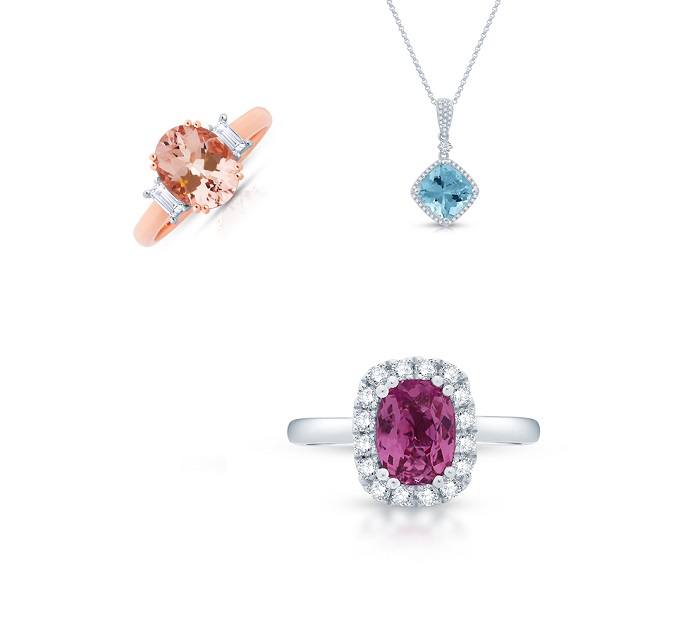
More coming soon…







